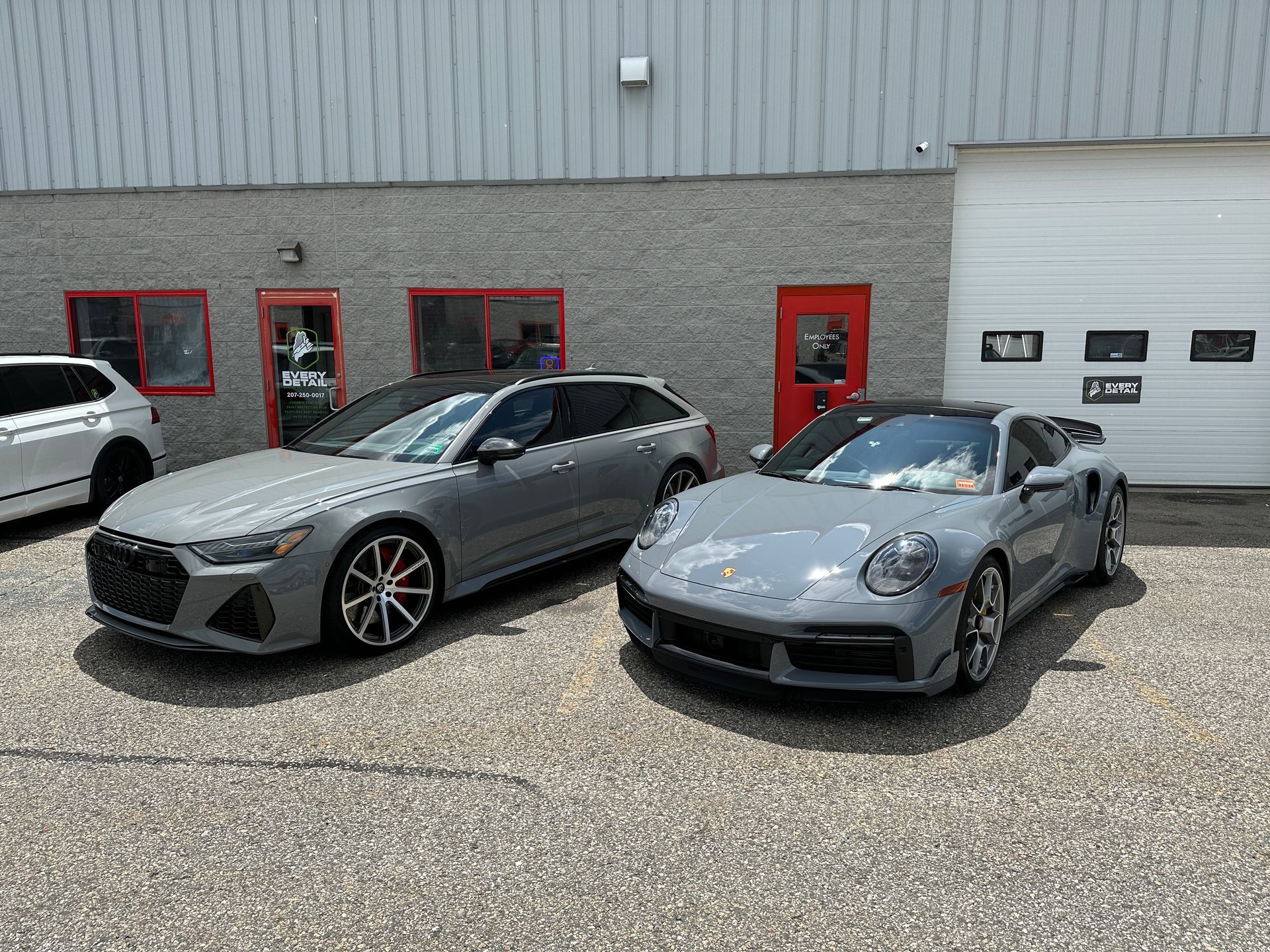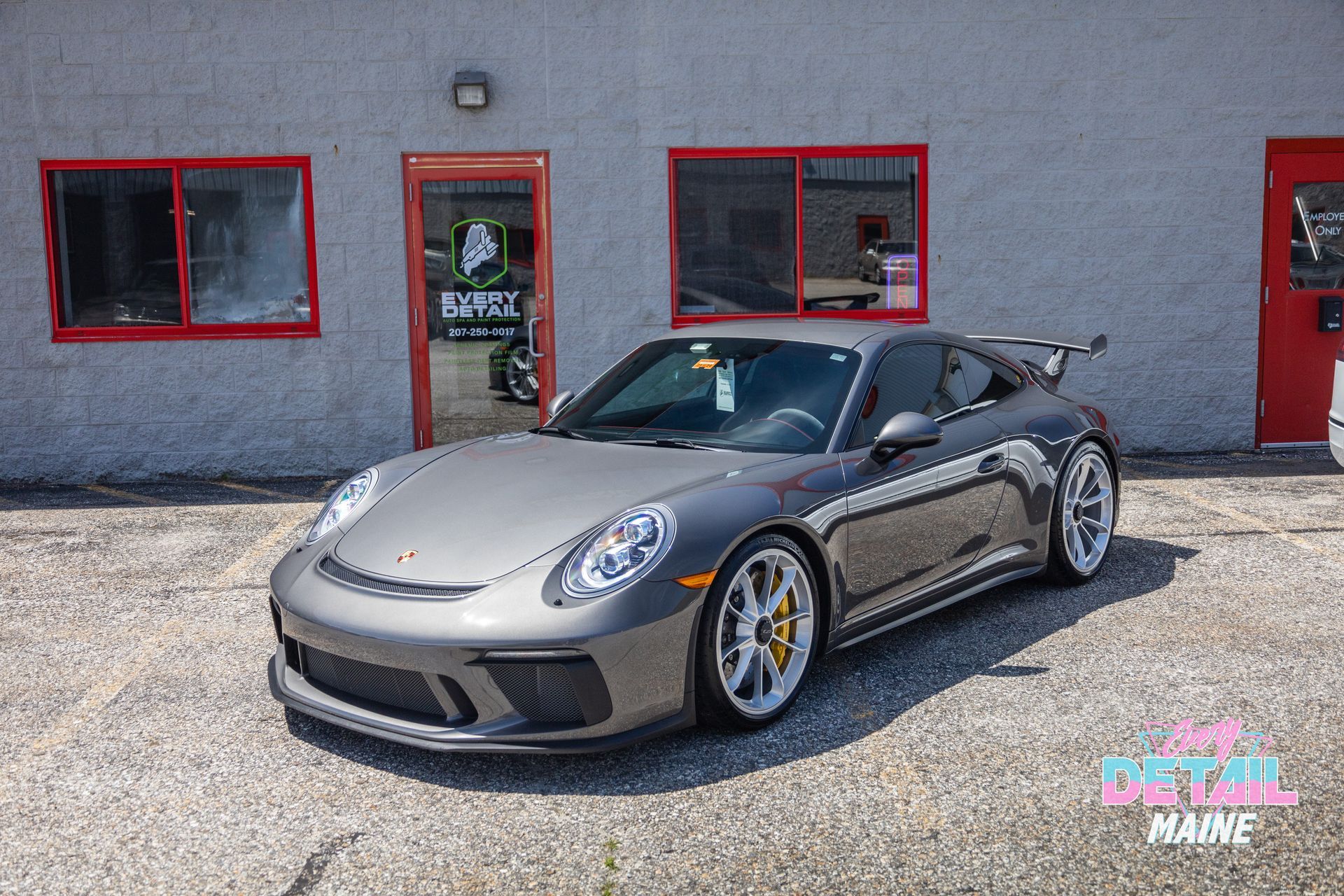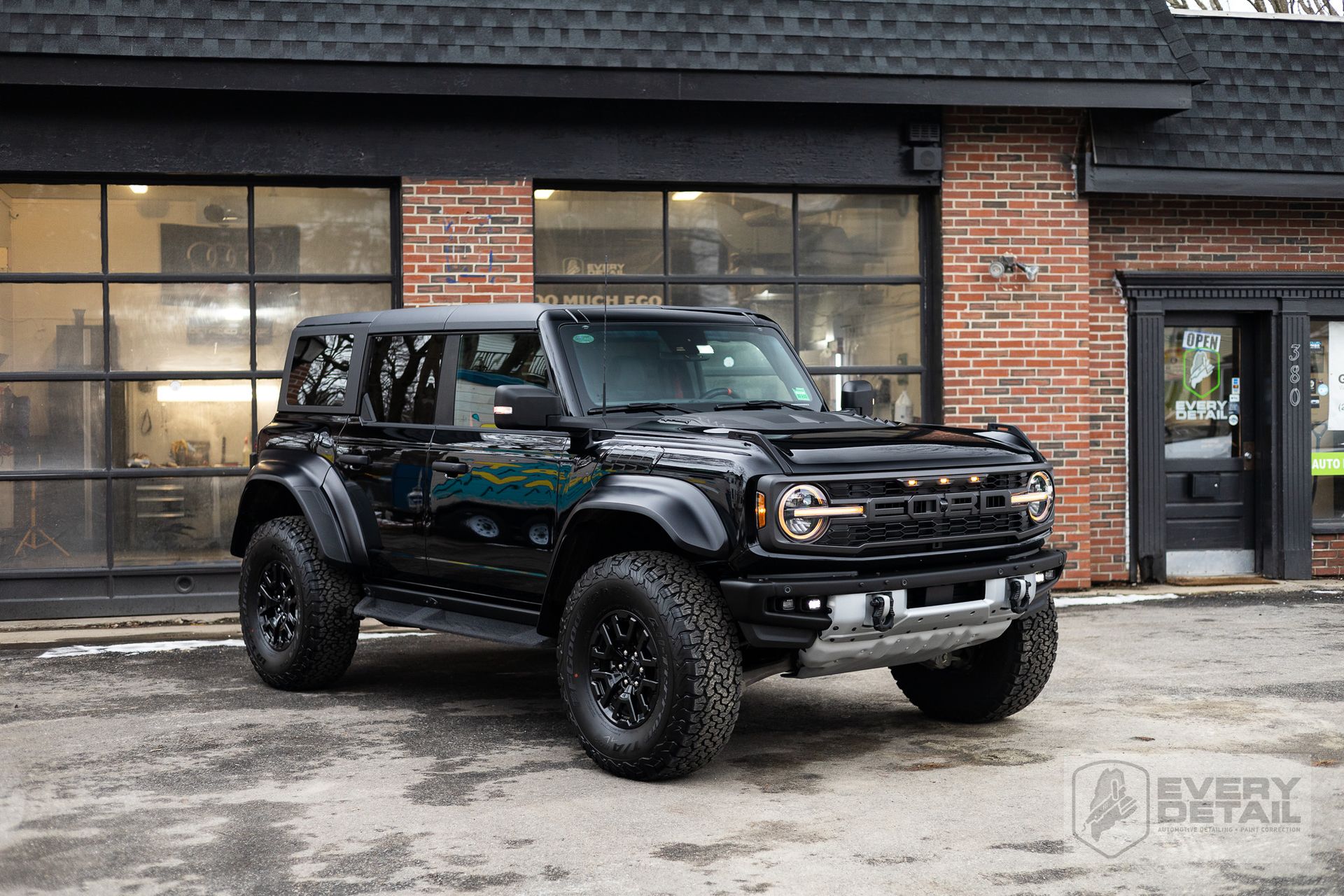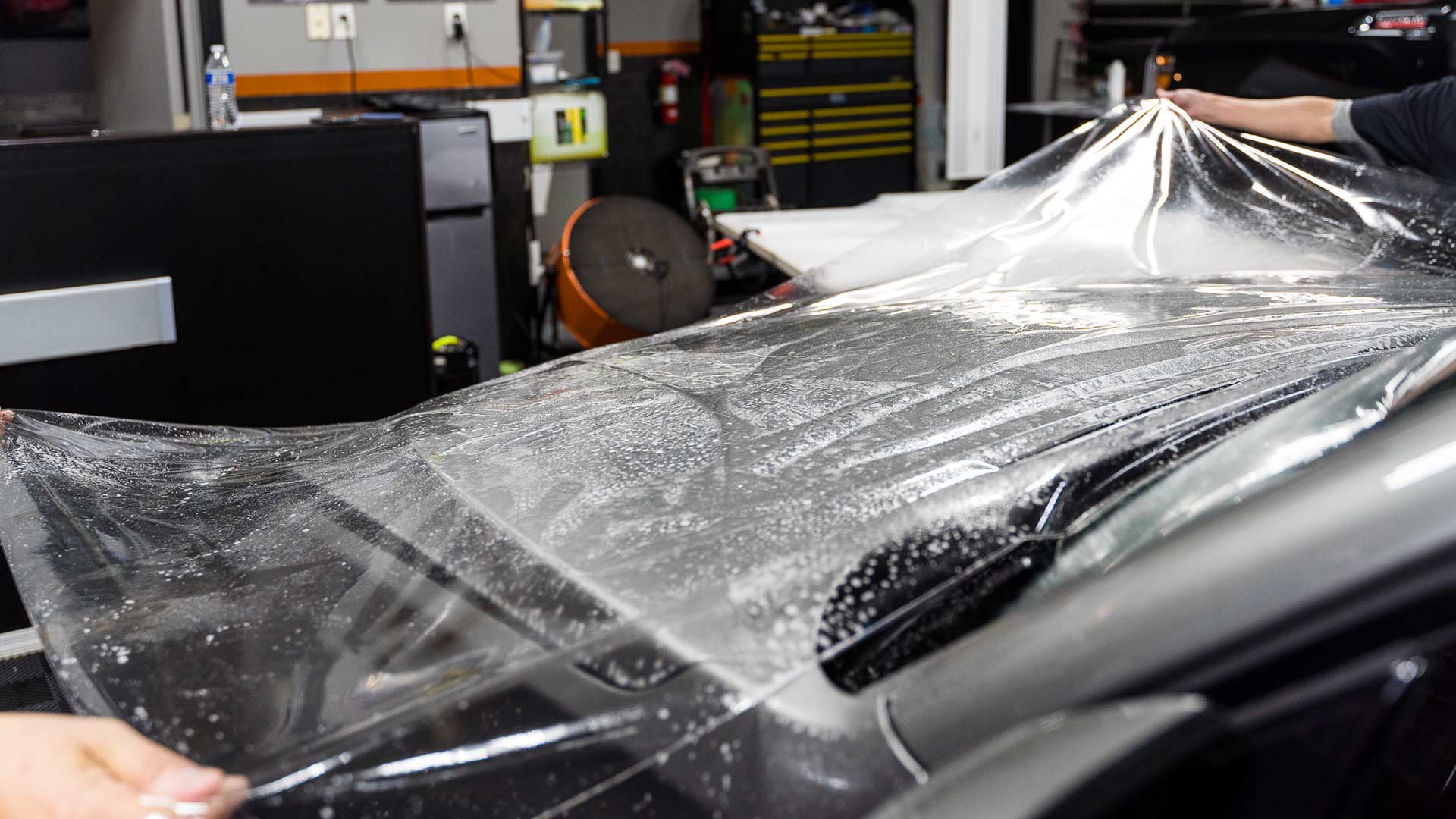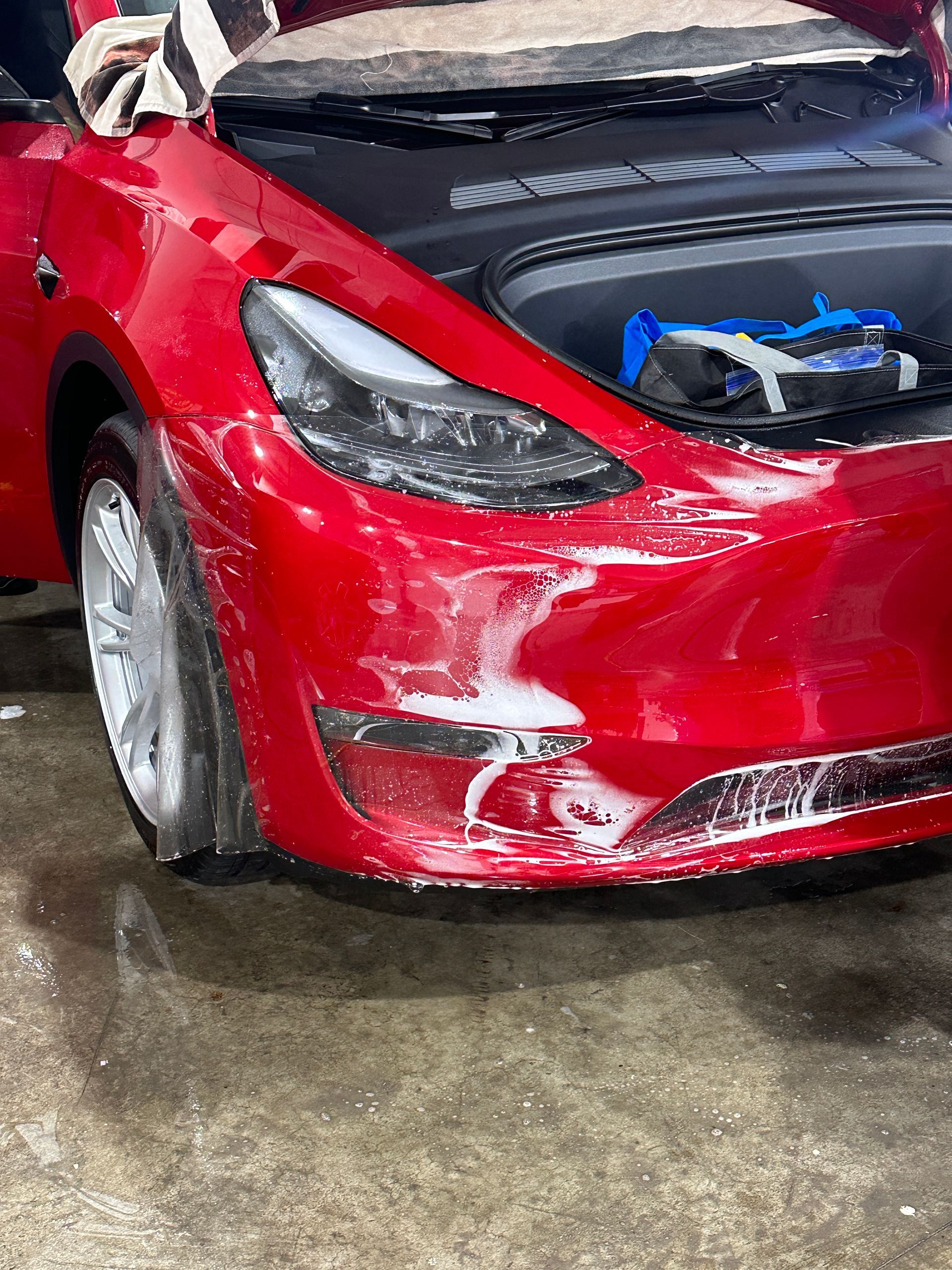Ceramic Coating Myths: Debunked Misconceptions for Vehicle Protection
When it comes to protecting your vehicle, many car owners find themselves caught in a web of misconceptions about ceramic coatings. Imagine thinking that a simple application could make your car invincible, only to discover later that the truth is far less glamorous. It’s easy to get swept away by advertisements claiming miraculous results, but understanding what ceramic coatings can and cannot do is vital. After diving deep into the facts and fiction surrounding these coatings, we aim to clear the air, debunking the most common myths so you can make informed choices that truly benefit your ride.
The top myths about ceramic coating include the belief that it makes your car scratch-proof, never requires washing, or ensures total protection against elements like road salt. In reality, while ceramic coatings enhance protection and aesthetics, they still require regular maintenance and do not make a vehicle immune to damage from environmental factors.
The Reality of Ceramic Coating
Ceramic coatings are often seen as a panacea for vehicle protection, creating a shield of silicon dioxide that defends against numerous environmental threats. This protective layer acts much like an invisible armor, offering resilience against UV rays and grime. The real magic lies in the technology; these coatings bond strongly to the vehicle's paint, resulting in a sleek and glossy finish that enhances aesthetics while providing enhanced durability.
Yet, despite all these advantages, there's much more to the story than meets the eye. For instance, while ceramic coatings excel at repelling water and dirt—thanks to their hydrophobic properties—their effectiveness diminishes significantly when faced with harsh winter conditions. Vehicles subjected to road salt or brine find that no coating can reliably withstand long exposure without some deterioration.
Understanding the necessity for regular maintenance is crucial as well. To maximize the longevity of your ceramic coating, it’s important to engage in routine cleaning practices. Using pH-neutral shampoos helps protect the integrity of the coating; skipping this vital step can result in significant degradation over time. For optimal results, consider scheduling maintenance washes every few weeks or as needed based on your driving habits.
Studies indicate that a well-maintained ceramic-coated car exhibits less wear over time; on average, there is about a 30% reduction in deterioration when compared to untreated vehicles. Consequently, it stands to reason that investing time into proper upkeep will yield significant long-term benefits for your vehicle’s appearance and value. Thus, with routine washing and careful product selection combined with realistic expectations about what ceramic coatings can achieve, you can truly appreciate their benefits without falling prey to common misconceptions.
As we further explore misconceptions surrounding these protective solutions, it’s important to address one particularly common belief regarding their lifespan.
Debunking Myth: Ceramic Coatings Last Forever
A prevalent myth in the world of vehicle care is that ceramic coatings offer a permanent, foolproof shield for paint protection. This idea can lead many car owners to believe that they no longer need to worry about maintenance once the coating is applied. While high-quality ceramic coatings can enhance your vehicle's gloss and repellent properties, they do not last indefinitely. Studies suggest that professional-grade solutions can provide protection for 2-5 years with proper care. However, several factors influence their actual lifespan.
One major factor affecting longevity is installation quality. If a ceramic coating is applied without thorough surface preparation—such as washing, clay barring, and paint correction—it cannot adhere properly to the paint. Imagine trying to stick tape on a dusty surface; it simply won’t hold. Professional installations involve meticulous steps aimed at ensuring maximum bonding, allowing the coating to perform its protective functions effectively.
Environmental conditions also play a significant role in how long a ceramic coating endures. For instance, vehicles parked in hot climates or coastal areas may experience accelerated breakdown due to exposure to harsh UV rays and saltwater corrosion. It can be somewhat like living in constant humidity; equipment tends to rust faster when it’s continuously subjected to moisture.
Additionally, regular maintenance practices significantly impact durability. You're investing in something designed for protection; therefore, it needs some love back! Regular, gentle washing with pH-neutral shampoos helps maintain that hydrophobic sheen while shielding the surface from contaminants such as bird droppings and tree sap—which, if left unchecked, can break down the coating much faster than anticipated.
Maintenance Tip
- Implement weekly washes using a two-bucket method for gentle yet effective cleaning.
- Apply ceramic coating boosters regularly for an added layer of protection and gloss.
- Shield your vehicle from direct sunlight whenever possible to minimize UV damage and thermal stress.
- Conduct periodic inspections for any signs of wear or diminished hydrophobic effects.
It's essential to recognize that even when cared for correctly, these coatings can display diminished effectiveness over time—evident when water no longer beads effectively on the surface or dirt begins accumulating more readily than before. That’s when you should consider reapplication or reinforcement to keep your vehicle protected. With such important details regarding longevity and care addressed, we now turn our focus to another common misconception surrounding this form of vehicle protection.
Debunking Myth: It's a Replacement for Wax
Many people believe that when they apply a ceramic coating to their vehicle, it completely eliminates the need for traditional wax treatments. This misconception stems from the impressive durability and hydrophobic properties that ceramic coatings offer. Unlike wax, which simply lays a thin barrier over your car’s paint, ceramic coatings bond chemically with the paint surface, forming a protective layer that resists environmental contaminants much more effectively. Think of ceramic coatings as a protective shield rather than just a surface cover.
While it's true that ceramic coatings provide superior protection against UV rays, dirt, and chemicals, the ability of wax to enhance the visual quality of your car remains unmatched. Wax ceremonies provide an incredible shine and depth to the paint, particularly in automotive shows or events where aesthetics are paramount. So while you may think you're covered by switching to ceramic, understand that expert detailers often recommend using both products in harmony—ceramic for long-term protection and wax for a final touch.
Ceramic coatings are great, but they don’t eliminate the allure of a fresh layer of wax. This isn't a case of one versus the other; instead, it's about striking a balance. Many car enthusiasts will still layer wax on top of their ceramic-coated vehicles before events or shows to achieve that high-gloss finish. This approach highlights how there is still value in utilizing traditional wax even after applying modern coatings.
We need to emphasize that although ceramic coatings boast impressive attributes, they are not foolproof solutions. Understanding their proper applications alongside other products will bring out the best in your vehicle’s appearance and protection. Now, let’s explore another common belief surrounding these coatings and clarify what you might expect from them in terms of durability.
Debunking Myth: Ceramic Coatings Are Indestructible
Some advertisements suggest that ceramic coatings make cars entirely impervious to damage, creating an illusion of invulnerability. This is where misconceptions begin to flourish. Although these coatings offer exceptional protection against elements like UV rays and chemical etching, they aren't a magical shield against all damage.
As you can see from the table above, while both ceramic coatings and wax can effectively protect against UV radiation and bird droppings, they offer limited protection against aggressive forms of damage like rock chips. A common misconception might lead individuals to believe that applying a ceramic coating guarantees total immunity from scratches or chips. Yet, just like wearing armor doesn’t mean you’re completely safe from harm, these coatings have boundaries and limitations.
Recognizing these realities not only shapes your expectations but also underlines the importance of informed maintenance practices. With this understanding in hand, we can shift our focus to exploring another prevalent misconception regarding the financial aspects of ceramic coating solutions.
Debunking Myth: Ceramic Coating is Cost-Prohibitive
Many people believe that the high price tag on ceramic coatings means they are simply too expensive for the average car owner. While it’s accurate that professional-grade ceramic coatings can range anywhere from $500 to $2,000, we must consider their long-term benefits. These coatings provide enhanced protection against UV rays, dirt, and environmental contaminants, extending the life of your vehicle's paint and potentially eliminating frequent detailing costs over time. This initial investment can actually save money in future upkeep.
It's important to remember that not all ceramic coatings come with prohibitive costs. For those who enjoy hands-on projects and want to save a few dollars, DIY kits are a viable alternative. These kits typically fall within $50 to $150, significantly lowering the barrier for entry. With a bit of research and practice, anyone can apply these coatings successfully at home. The key here is understanding that while professional applications offer consistency and expert execution, DIY options present an accessible method for those willing to put in some effort.
However, managing expectations is crucial. While DIY kits can yield satisfactory results, achieving the same level of perfection as a professional detailer requires careful attention to surface preparation and curing time. A hasty application might leave you wishing you'd opted for professional help instead. It's similar to painting a room; anyone can do it with a brush, but getting that flawless finish is often best left to someone experienced.
Understanding these nuances helps navigate the choice between professional applications versus DIY kits effectively. As we transition to our next topic, let's explore the factors that weigh in on selecting the right option for your vehicle's protection strategy.
Pros and Cons of Ceramic Coating
When it comes to protecting your vehicle, ceramic coatings have gained popularity for good reason. One of the most notable advantages is their durability. Unlike traditional waxes that require reapplication every few months, ceramic coatings can last between three to seven years when properly applied—this means you’ll spend less time worrying about redoing the treatment and more time enjoying the shine. Imagine driving a car that retains its pristine look year after year; that’s what a high-quality ceramic coating can do.
The benefits extend beyond just longevity. For instance, these coatings possess remarkable hydrophobic properties, which means they repel water effectively. This allows rain to bead up on the surface, making washing your car quicker and more efficient since dirt and grime wash away easily. It's almost as if your car has been gifted with a natural shield against the elements.
Now, let’s talk about aesthetics. A ceramic coating gives your vehicle a beam of light—offering an enhanced appearance with a glossy finish that turns heads. It protects your paint from UV rays and oxidative damage while granting it a lush shine that enhances color depth. Have you ever admired a perfectly polished car? With ceramic coating, you could achieve that same visual appeal effortlessly.
However, despite these impressive features, it’s essential to recognize the notable drawbacks that accompany this investment. The initial cost can be steep compared to conventional waxing methods, often ranging from $800 to $2,500 for professional applications depending on your vehicle's size and the complexity of work involved. This upfront expense might make some potential users hesitate, but many find the long-term advantages outweigh this initial hurdle.
Moreover, while ceramic coatings are excellent at providing protection, they're not foolproof. They cannot stop all types of damage; for example, deep scratches or chips from rocks can still occur under high-impact situations. You could say it's like putting on a strong jacket before going outside—it offers protection against mild cold but won't safeguard you from a storm or severe winds. To maintain their effectiveness, ceramic coatings also require regular upkeep. You may need specific maintenance products and care routines to support the longevity of the coating. Think of it this way: It's like going to the gym for fitness; staying in peak condition requires continual effort beyond just one vigorous session.
Weighing these pros and cons helps ensure car owners can determine if ceramic coating aligns with their needs and lifestyle preferences. By understanding both sides thoroughly, car owners can set realistic expectations as well as make more informed choices about whether this investment into their vehicle's appearance and protection is right for them moving forward. In summary, evaluating both the strengths and limitations of ceramic coatings allows vehicle owners to make choices that best suit their lifestyles and protect their investments effectively.
Unmatched Ceramic Coating Protection in Portland, ME
Protect your vehicle with the industry-leading ceramic coating services offered by Every Detail in Portland, ME. Our expert team applies premium coatings that shield your paint from harsh weather, road debris, and daily wear while enhancing its deep, glossy finish. With long-lasting hydrophobic properties, maintenance becomes effortless, keeping your car looking pristine year-round. Trust Every Detail to provide the ultimate protection your vehicle deserves—schedule your ceramic coating service today!

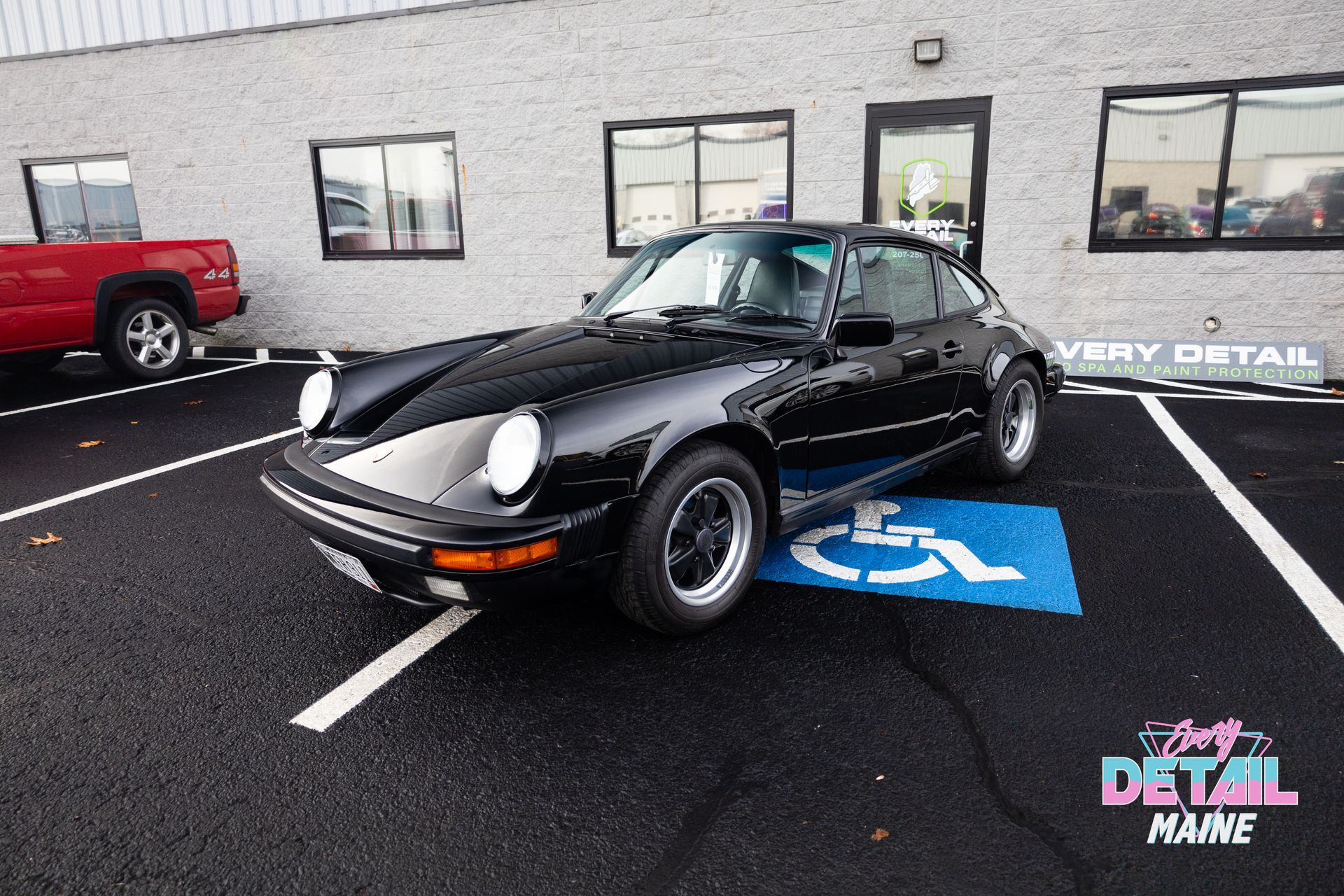
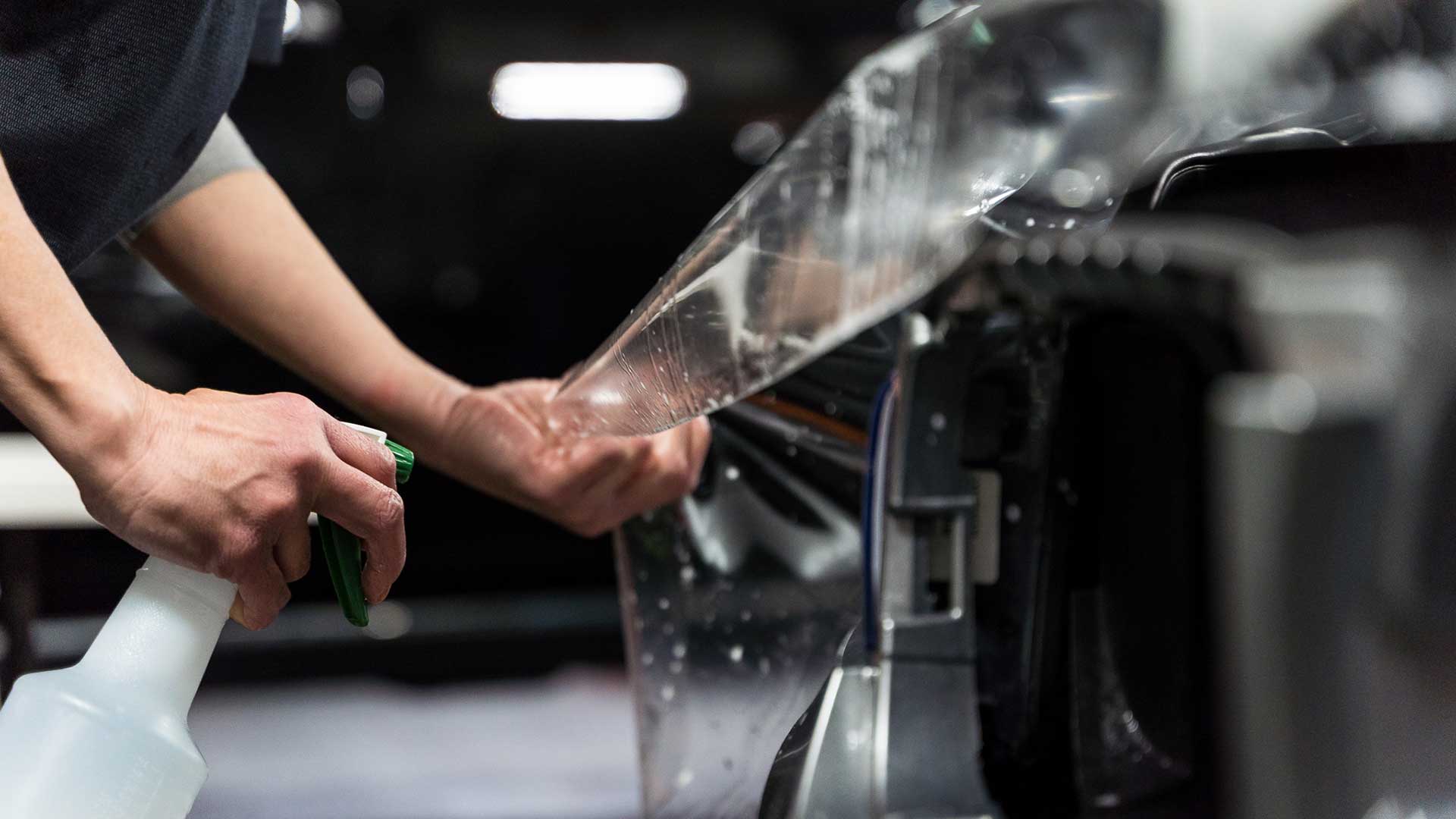
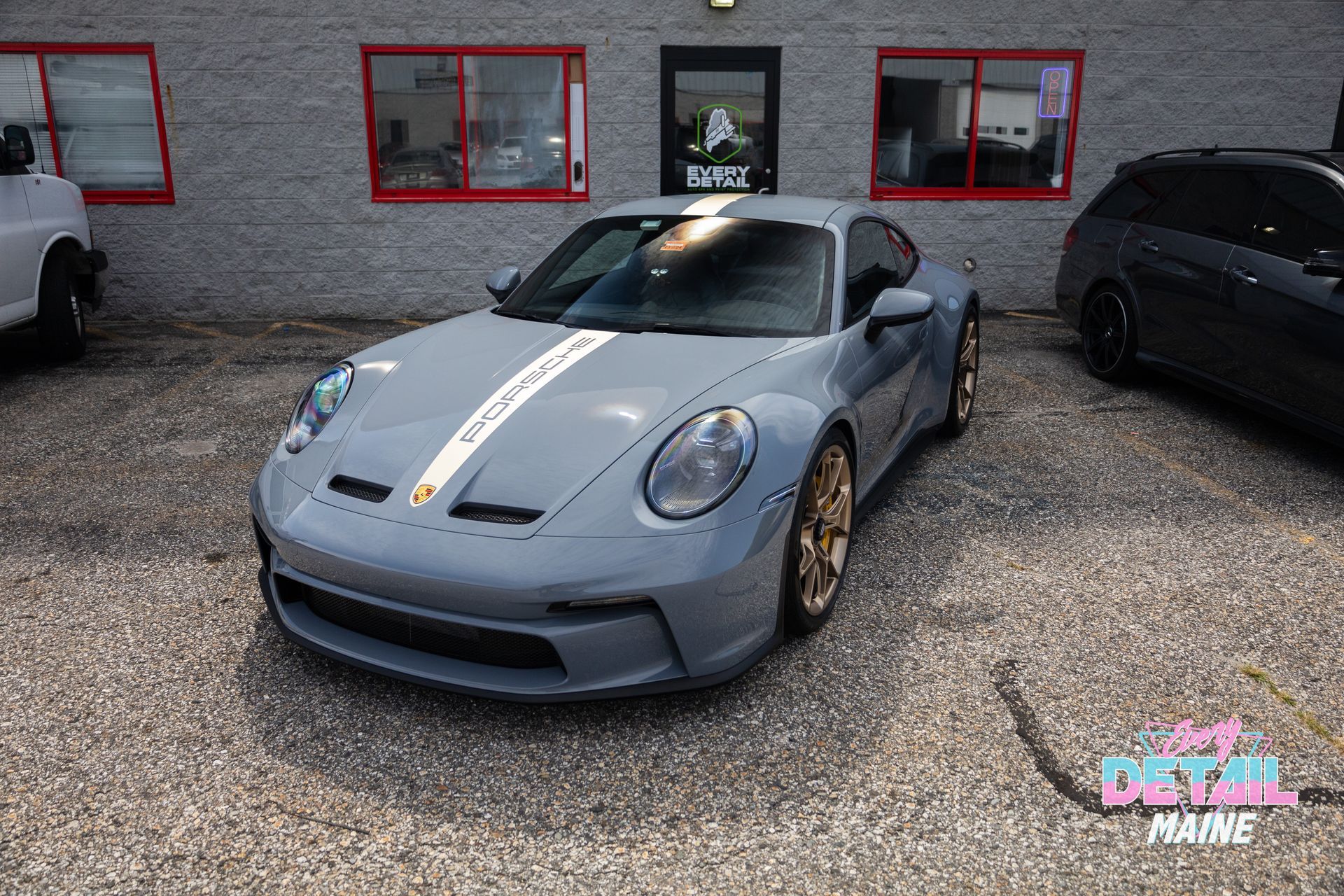

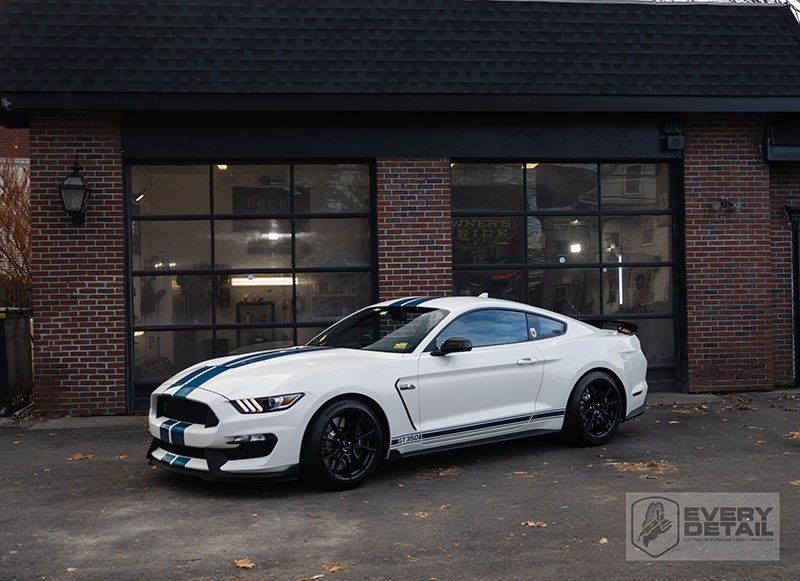
ABOUT US
Every Detail has spent several years in the automotive detailing business building a trusted team of paint protection professionals and vehicle detailers that can guarantee that your automobile will look brand new when leaving our Portland, ME shop. We offer long-term ceramic coatings and clear bras to keep your paintwork fresh and glossy, intricate interior and exterior vehicle detailing services that restore and protect, and a paint correction process remedying even the worst surface defects. Choose Every Detail today and experience the difference!
QUICK LINKS
This website was designed by the team at Detailers Roadmap, a platform developed for detailing operators across the globe.
Photography rights and license from EL.Photos & Xyooj Media
All Rights Reserved | 8bitcreative, LLC | Every Detail



